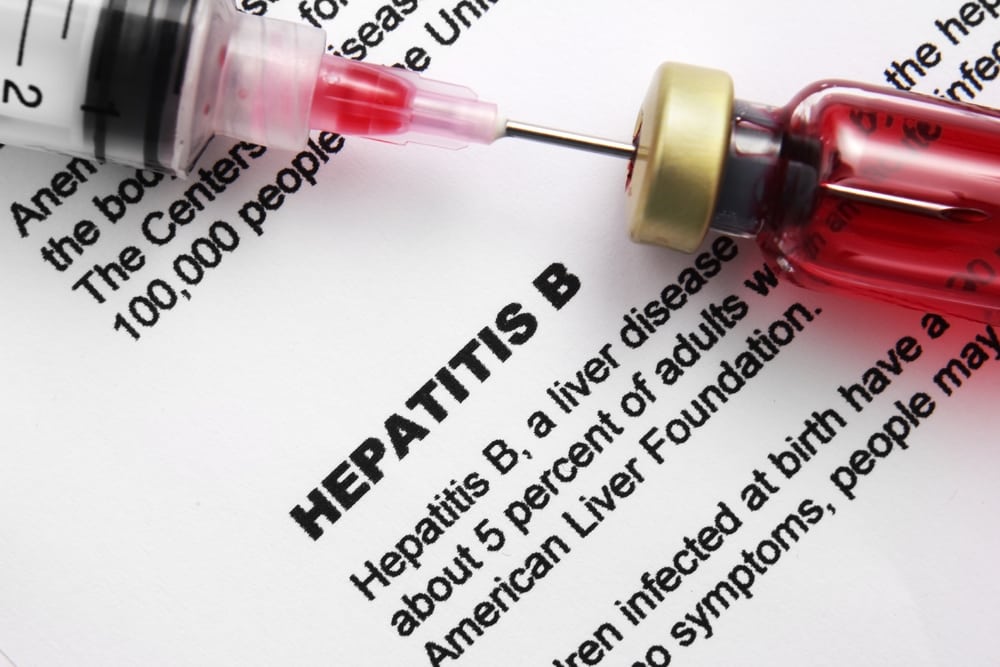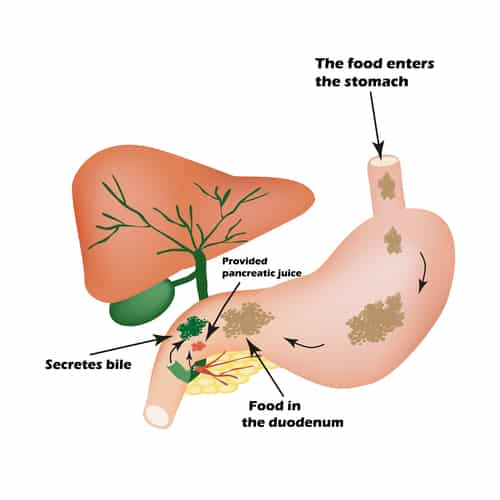
Jaundice is not a disease in itself. In fact, it is a symptom that develops as a result of various diseases mostly concerning the liver. It manifests itself through the skin and the white part of the eyes turning yellow. In worst case scenarios the skin may become brownish. This change in color happens due to increased levels of a chemical called bilirubin in the blood. Bilirubin is the by-product of the red blood cell breakdown process in the body and is dealt with by the liver. So if bilirubin levels are increasing, it either means that the liver is not doing its job properly or that the red blood cells in the body are breaking down too fast.
Jaundice Prevalence
Jaundice prevalence in adults and infants varies. Jaundice in newborn babies is a more common occurrence mainly due to the immaturity of the liver. It is mostly harmless and goes away with little care. But in babies with dangerously elevated bilirubin levels, it may lead to long-term damage. Jaundice is actually one of them most common conditions occurring in newborns. It is said that around 50% of term and 80% of preterm infants develop jaundice as early as the first week of being born. It usually manifests itself within 2-4 days and then disappears within a couple of weeks.
On the other hand jaundice prevalence in adults is a slightly more complex matter. Jaundice in adults can be divided into three types hepatocellular, hemolytic (pre-hepatic) and obstructive (post-hepatic) jaundice. Since jaundice is actually a symptom of a wider problem, jaundice prevalence cannot really be pinpointed. It primarily depends on the underlying factors that gave rise to jaundice in the first place.
Jaundice Causes
 As mentioned above, there are three types of jaundice. Hepatocellular jaundice is the result of injury or disease to the liver that stops it from functioning properly. Pre-hepatic jaundice is the product of an increased breakdown of red blood cells in the body. And obstructive jaundice is when there is a stoppage in the flow of bile from the liver to other parts of the body due to blockage of vessels.
As mentioned above, there are three types of jaundice. Hepatocellular jaundice is the result of injury or disease to the liver that stops it from functioning properly. Pre-hepatic jaundice is the product of an increased breakdown of red blood cells in the body. And obstructive jaundice is when there is a stoppage in the flow of bile from the liver to other parts of the body due to blockage of vessels.
Jaundice causes depend on the type of jaundice you have. A variety of conditions and diseases, some common and some not so common, can lead to jaundice. Some common jaundice causes can be largely grouped as:
- hepatitis
- cirrhosis
- cancer
- malaria
- anemia
- sickle cell crisis
- spherocytosis
- thalassemia
- autoimmune disorders
- gallstones in the bile ducts
- pancreatitis
- parasites
- pregnancy
Jaundice Home Remedies
It is important to realize that the treatment of jaundice has to start by diagnosing the cause behind it. A variety of factors causes jaundice, and you should know what you are dealing with. Medical diagnosis and treatment is something that you cannot overlook in any circumstances. Jaundice home remedies are essential for the rehabilitation and recovering process, but medical care is a must, especially in the initial stages.
Jaundice home remedies focus more on providing relief and help in managing the symptoms. Here are some tips for you to follow:
- Avoid self-medication and self-diagnosis. This is what medical professionals are for.
- Hydration is the key. Drink plenty of fluids. The body needs to flush the bilirubin and need fluids for this. Vegetable and fruit juices are great since they also help regulate the electrolytes in the body.
- Usually, a liquid diet is recommended for the first 4 to 5 days. As the body starts normalizing, you can move onto a light diet. Stick to vegetables, fruits, yogurts and other light food. Avoid oily and spicy food. High sugar foods and caffeine should also be kept to a minimum.
- Rest as much as possible.
- Alcohol is a definite no-no! Avoid at all costs as it can cause severe damage to a weakened liver.
- For newborn babies suffering from jaundice, sunlight is good. Newborns should also be breastfed as much as possible.
Jaundice home remedies can help in early relief and treatment. Try only those that do not have any side effects. If you are unsure, ask your physician. Here are some jaundice home remedies you can try:
- Radish leaves have been associated with providing relief to the stomach. You should juice the radish leaves and drink it for best results. It is great for improving appetite and thus keeping energy levels up.
- Sugarcane Juice is also great for improving the overall health of the digestive system and increases energy levels in the body. Have a cup three to four times a day can do wonders for offsetting the symptoms of jaundice.
- Lemon Juice has been known to be good for the liver. It has anti-inflammatory properties and can help unclog bile ducts. By having a healthy intake of lemon juice daily, you can speed up liver recovery.
- Turmeric is known in some cultures as a miracle cure for everything. You can add a couple of teaspoons of turmeric in a glass of warm water and gulp it down a couple of times a day.
- Barley Water is one of those highly nutritious drinks that are great for jaundice. Boil a cup of barley water in around three cups of water. Let it cool and sip it throughout the day.
- Gooseberry has high levels of vitamin C and can be of great help in providing relief from jaundice symptoms.
- Papaya Leaves should be ground to a paste. For a 1 tablespoon of this paste, add 2 tablespoons honey to the mix. This papaya leaf and honey paste is known to do wonders for jaundice.
- Carrot Juice should be consumed fresh and several times day. Carrots are known to be quite effective against jaundice.
- Chamomile Tea has been known to be quite good for minimizing the symptoms of jaundice. It also has preventive qualities and thus should be continued to be taken even after the disease has gone.
- Almonds and dates should skinned and ground together to form a paste. Take 8 almonds for 2 dates for this. Add some sugar and butter, and eat the paste as much as you can. This is one of those secret jaundice home remedies that have been passed on from generation to generation and is known to be very effective in its treatment.







